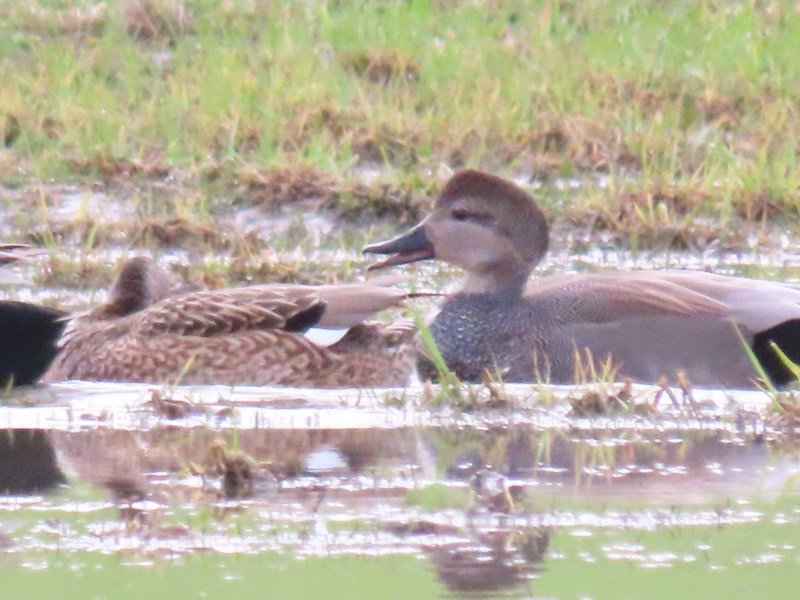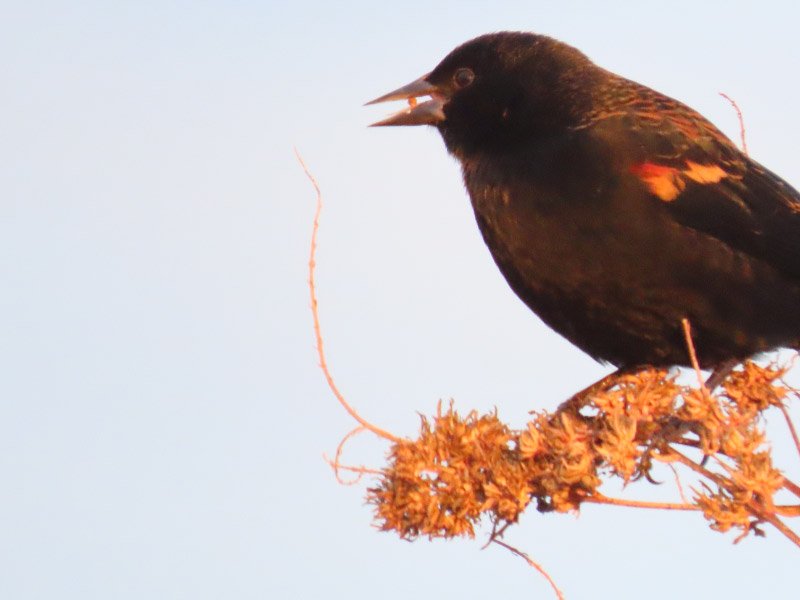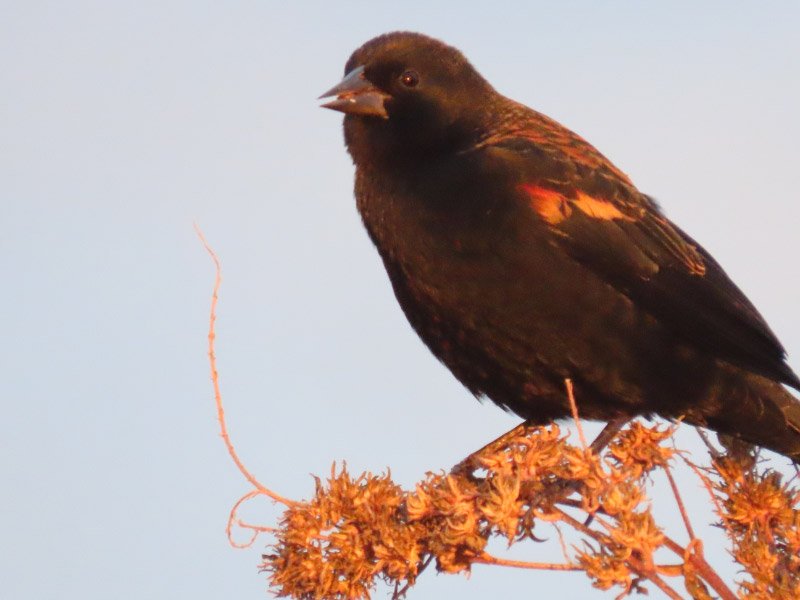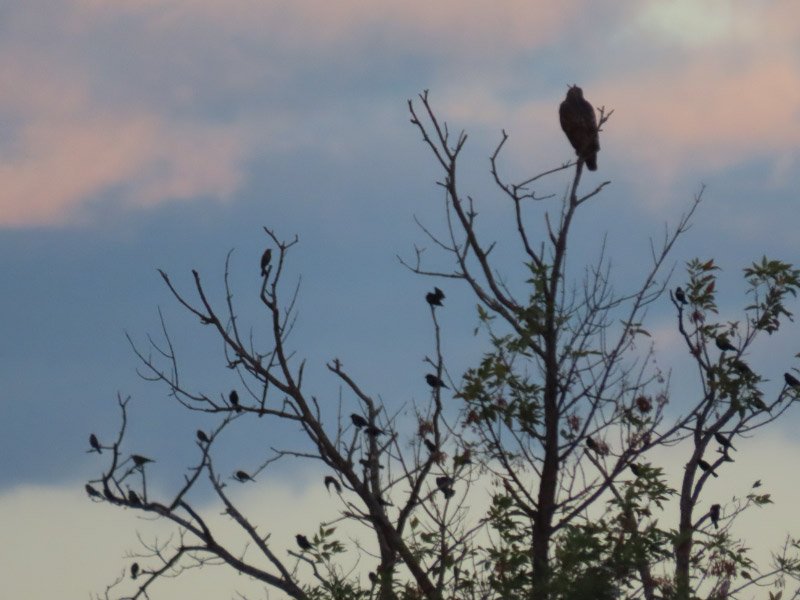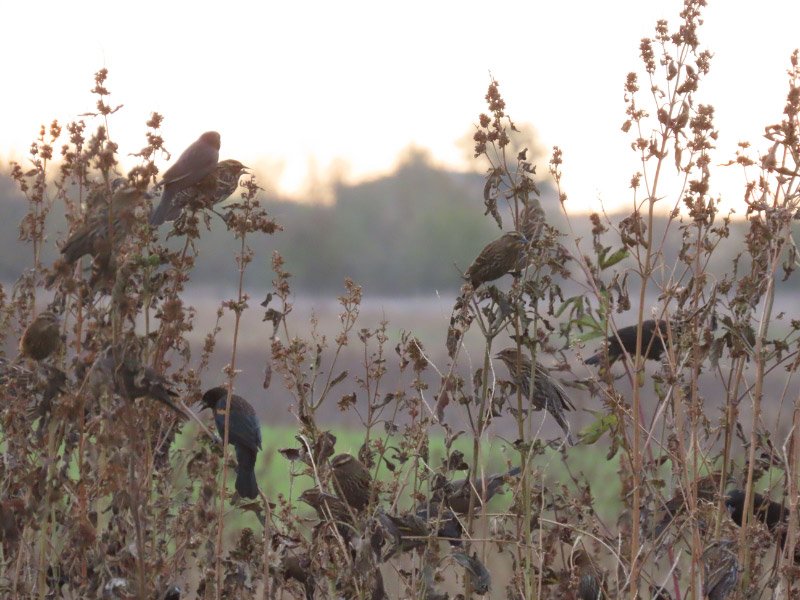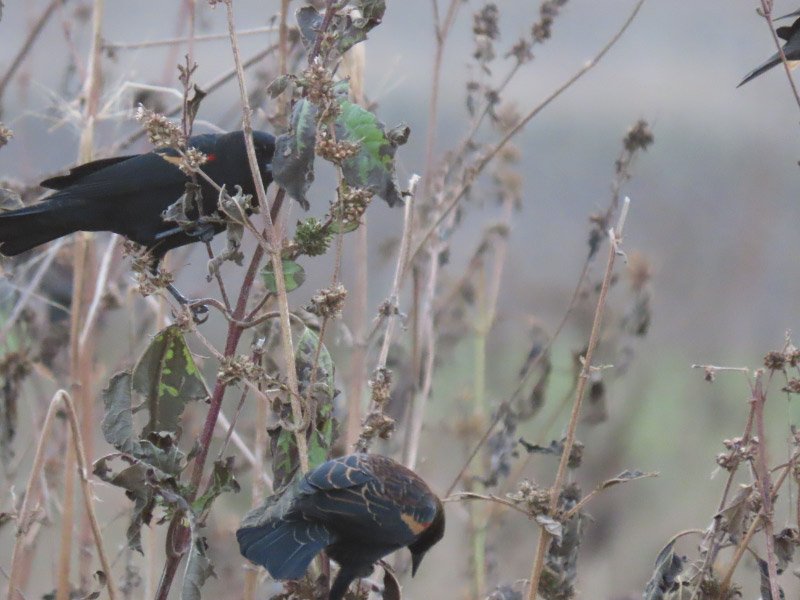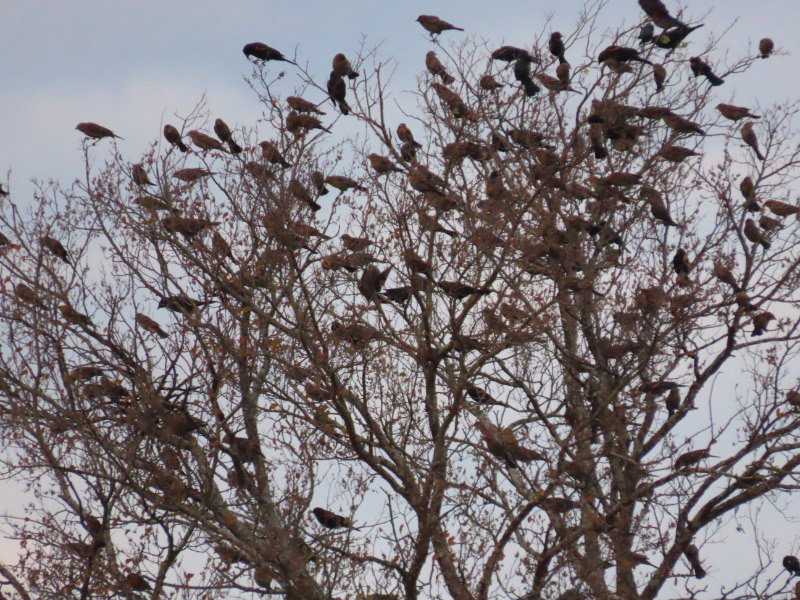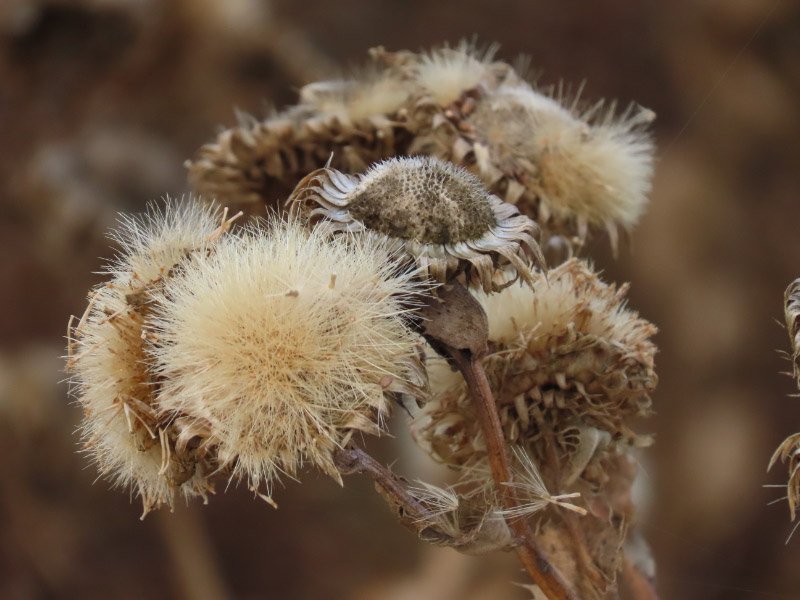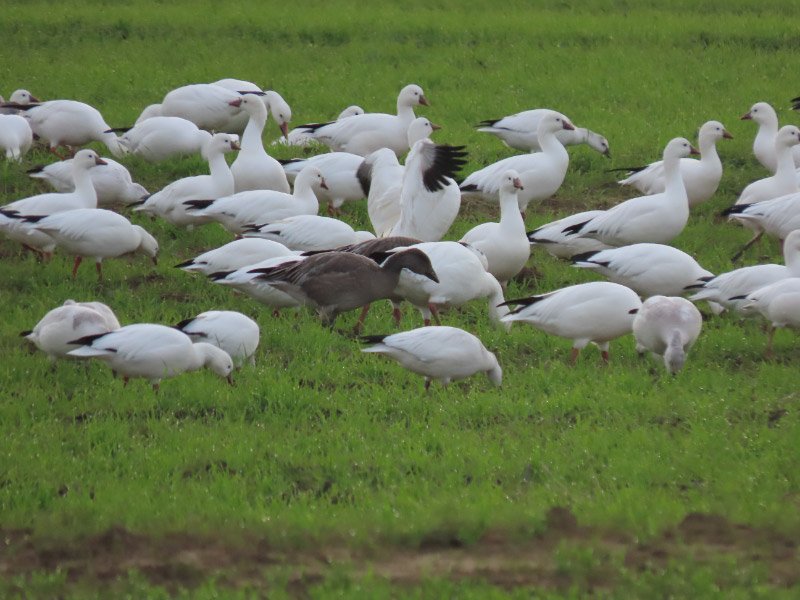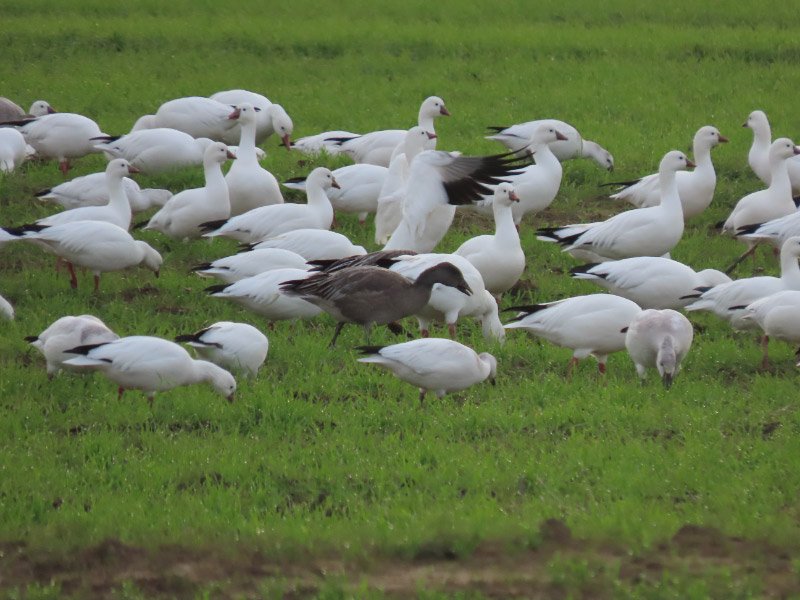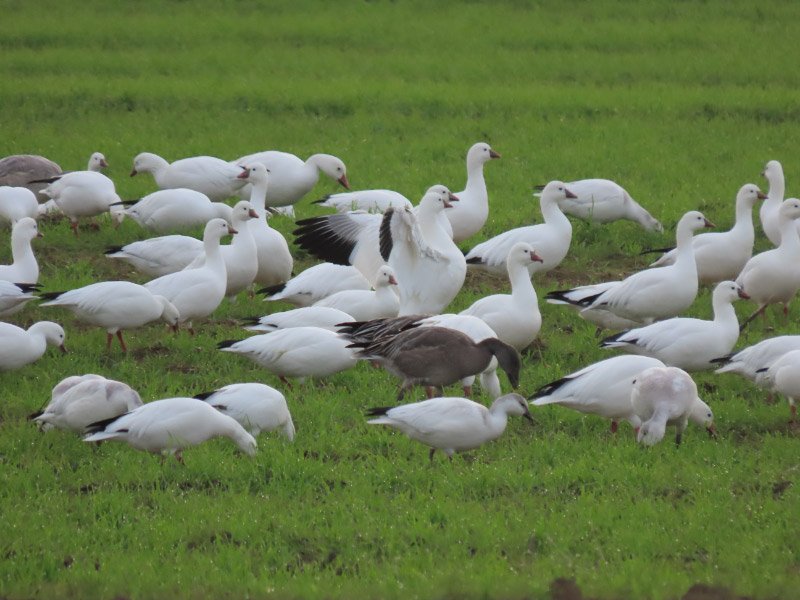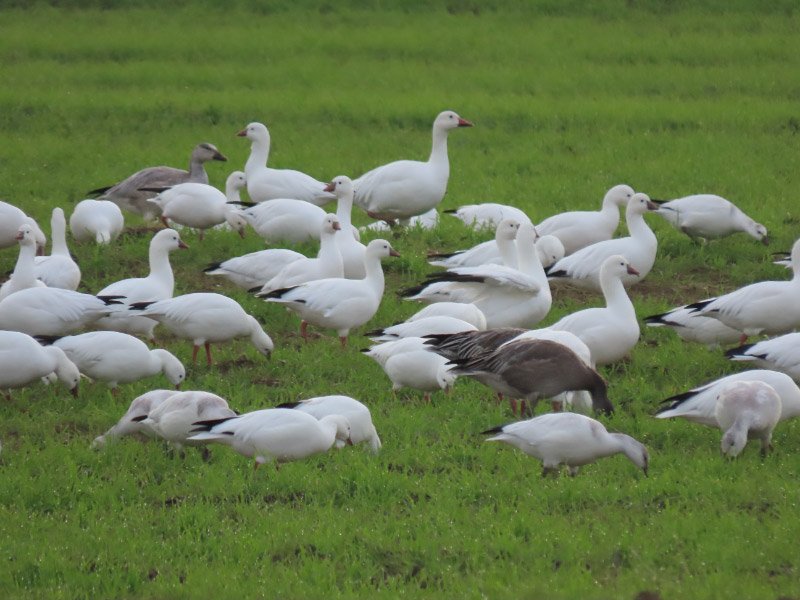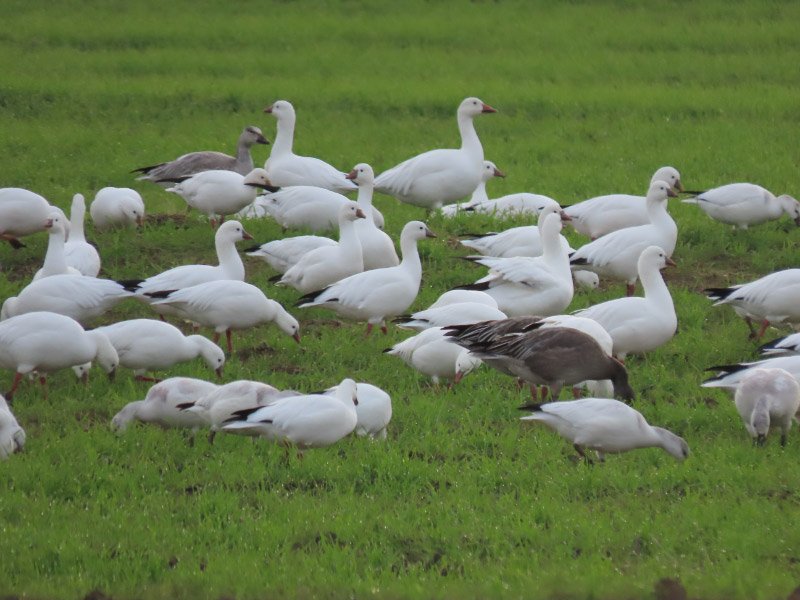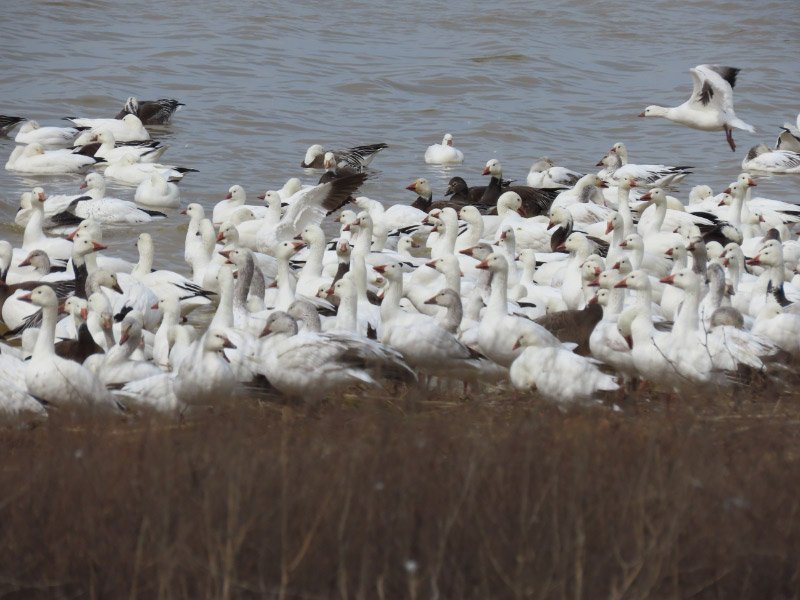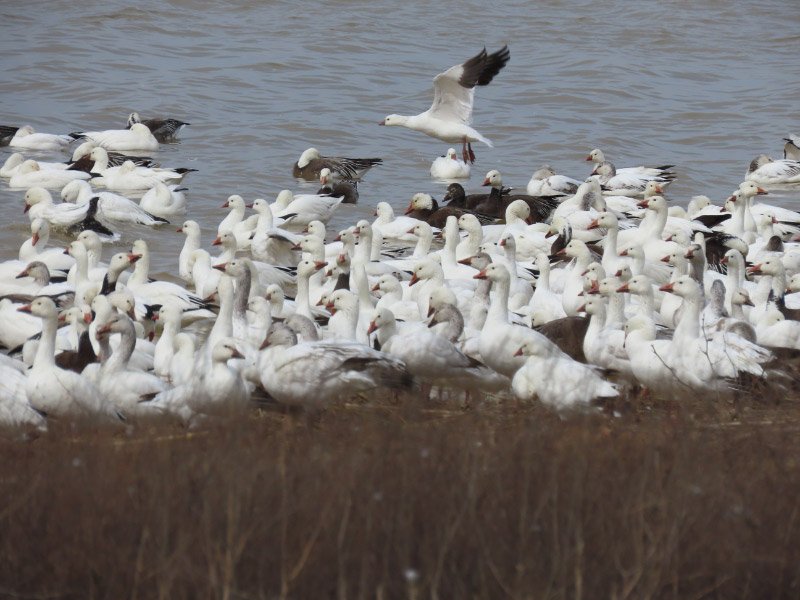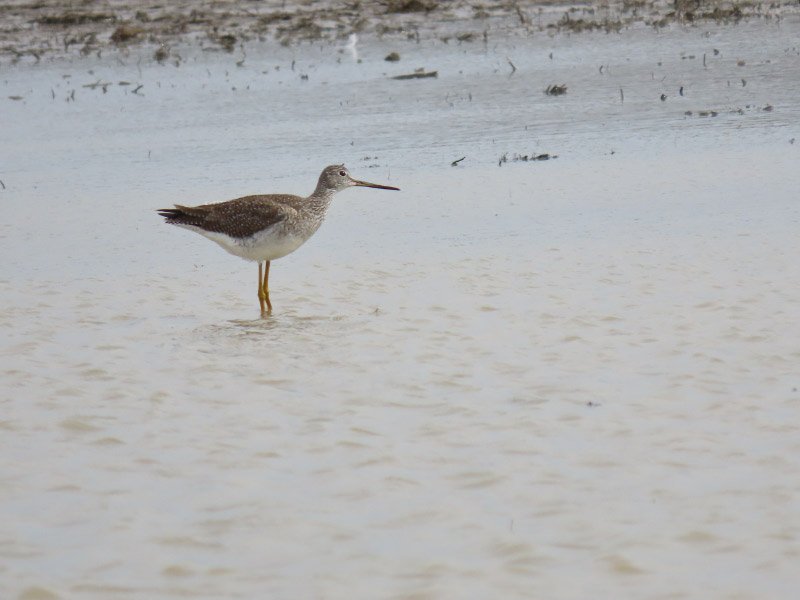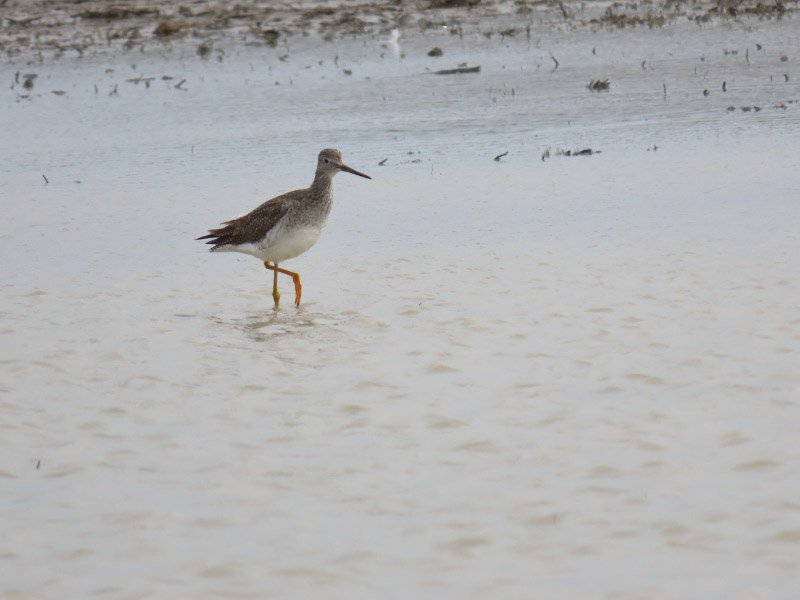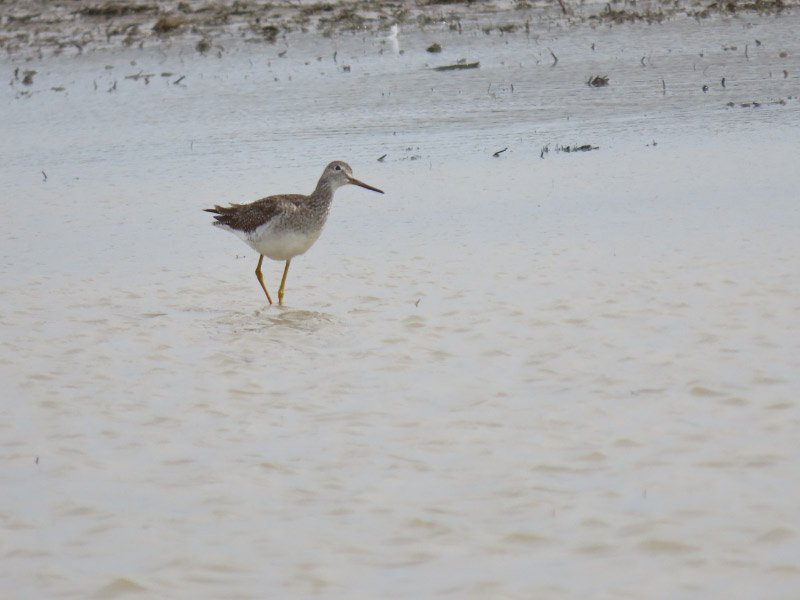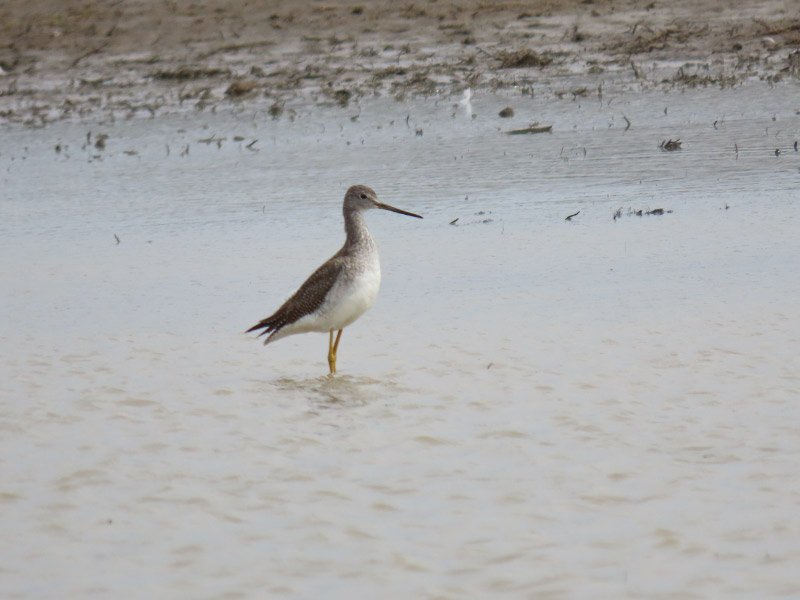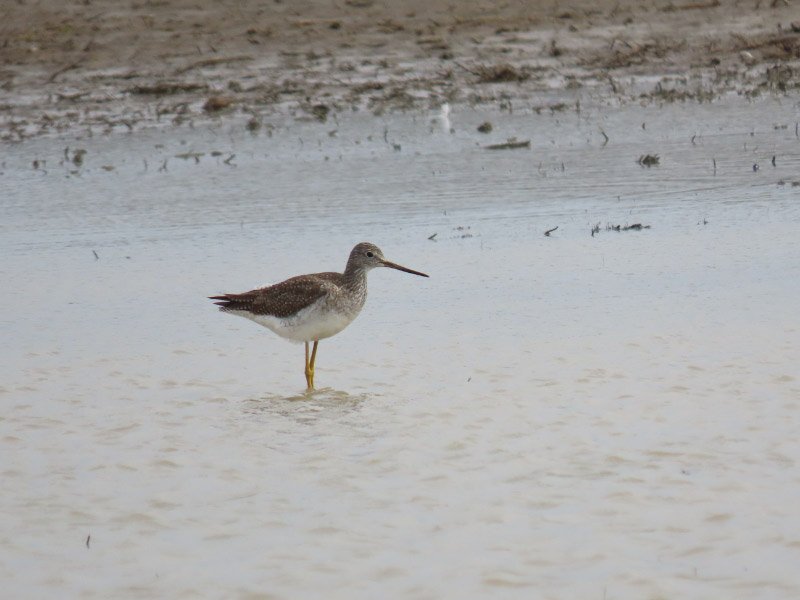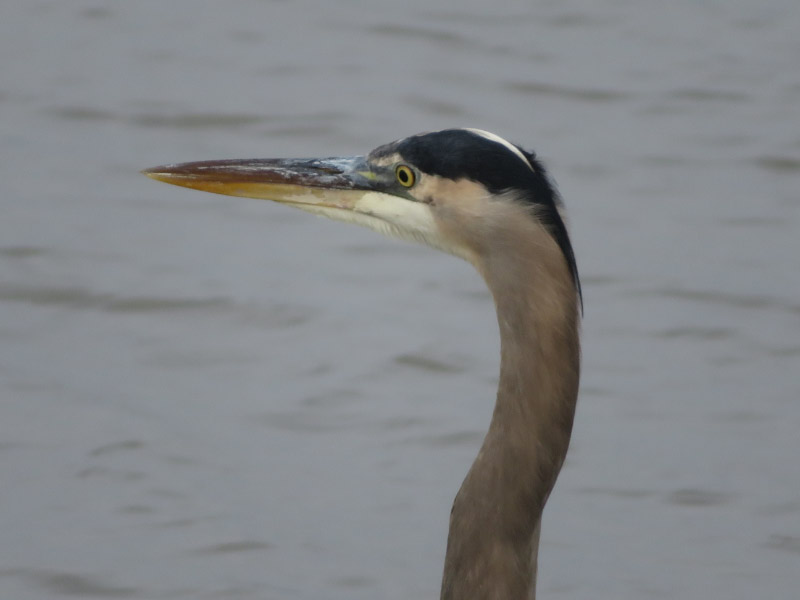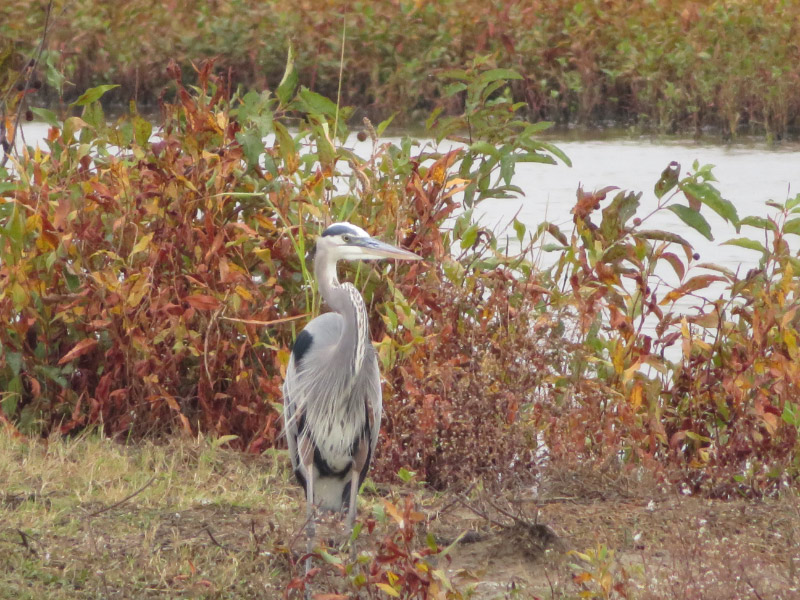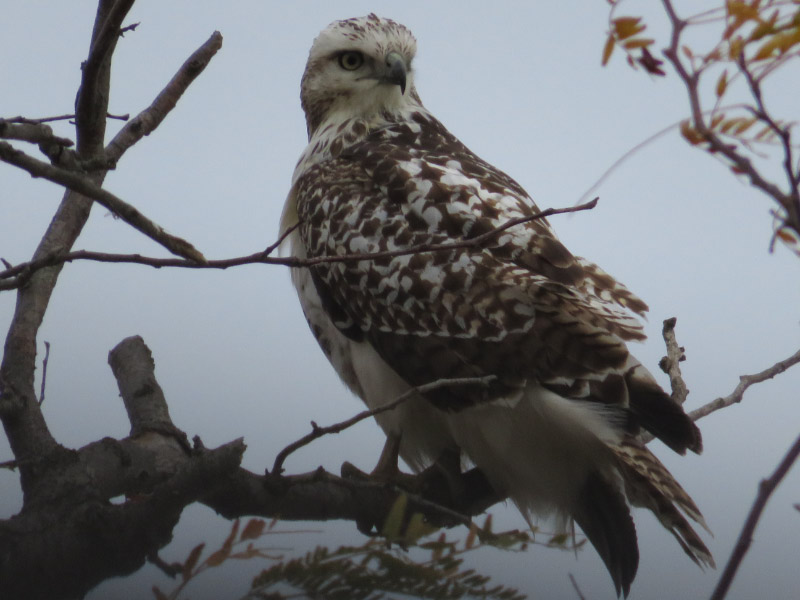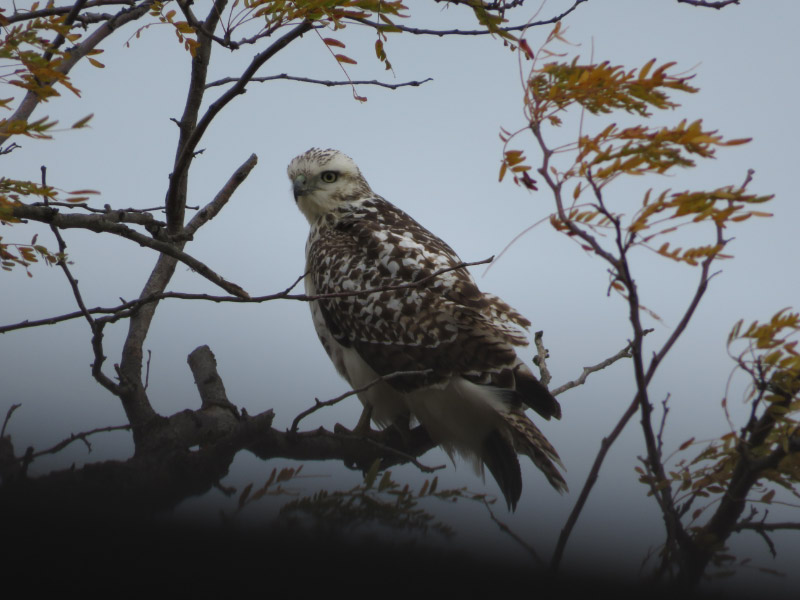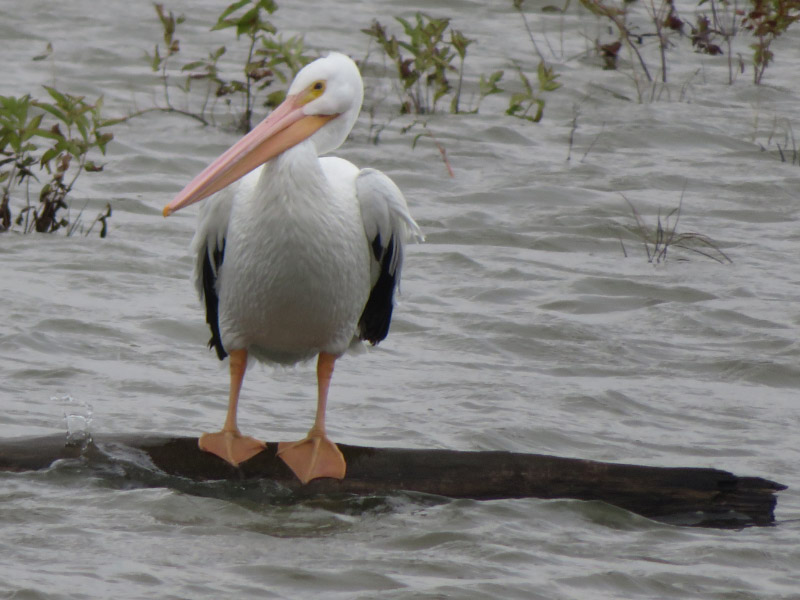Phillips’ A Natural History of the Ducks
/Internet Archive has the 4 volumes of John Charles Phillips’ A Natural History of the Ducks; the books were published in the early 1920s – well illustrated in color and black and white from drawings by Frank W. Benson, Allan Brooks, and Louis Agassiz Fuertes. The author was educated as a doctor but never practiced professionally…instead focusing on hunting, zoology, ornithology and the environment. He published over 200 articles on his activities including animal breeding, sport hunting, ornithology, wildlife conservation, faunal surveys and systematic reviews, and Mendelian genetics. I enjoyed browsing these eBooks for their illustrations…wondering about the modern classification of ducks and how many of them have become endangered in the years since Phillips observed them.
A natural history of the ducks V1
A natural history of the ducks V2



















